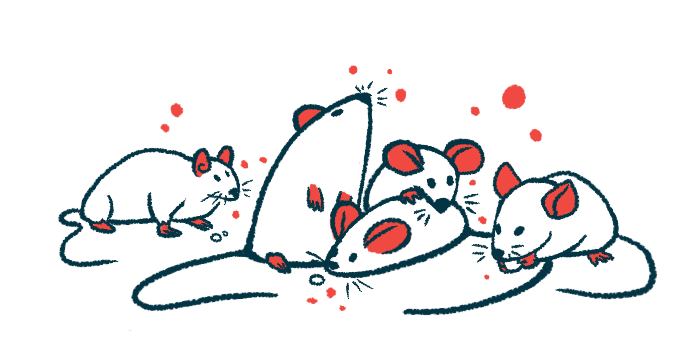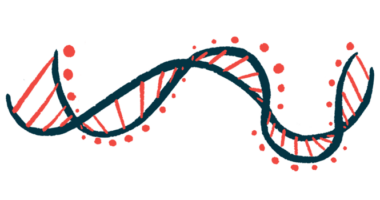BDNF Gene Delivery Into Hypothalamus May Improve Metabolism: Study
Delivery resulted in more than fourfold increase of BDNF in the hypothalamus

A one-time delivery of the brain-derived neurotrophic factor (BDNF) gene into a brain region called the hypothalamus improved metabolism in mice showing some symptoms of Prader-Willi syndrome (PWS), according to a new study.
The gene therapy improvements translated into less weight gain and a healthier body composition, which suggests “BDNF as a promising molecular target for PWS and other genetic forms of obesity,” the researchers wrote.
The study, “Hypothalamic AAV-BDNF gene therapy improves metabolic function and behavior in the Magel2-null mouse model of Prader–Willi syndrome,” was published in Molecular Therapy – Methods & Clinical Development.
PWS is caused by the loss of or defects in a region of chromosome 15 called the PWS locus. It contains genes that control sleep, metabolism, appetite, growth, intellectual skills, and social behavior.
This means that when these genes are missing or faulty, there may be symptoms such as learning difficulties, behavioral challenges, delay in development, and an excessive appetite that typically leads to weight gain and obesity.
It’s known that BDNF helps keep the hypothalamus healthy by getting the nerve cells, or neurons, to grow, mature, and stay alive. Researchers in the U.S. and Canada thought that getting BDNF into the hypothalamus could ease the disease’s symptoms.
To test this, they turned to a mouse model wherein MAGEL2, a gene in the PWS locus that plays a part in weight control, has been deleted (null). These mice mimic some of the hallmark symptoms of the disease in humans.
Delivering the BDNF gene
The scientists delivered the gene that coded for BDNF, which they tagged with a yellow fluorescent label, aboard an adeno-associated virus (AAV) directly into the hypothalamus. The delivery package included an “autoregulatory” element that allows BDNF to be produced at just the right amount in the hypothalamus, reflecting the body’s physiological needs. They used an AAV carrying the fluorescent tag only to compare as a control.
Delivery of the BDNF gene resulted in a 4.5-fold increase in the amount of BDNF in the hypothalamus compared to the control AAV.
Starting as early as three weeks and for up to 23 weeks (almost six months) after the start of the study, MAGEL2-null mice who had the BDNF gene delivered into the hypothalamus ate less than those who received the control AAV. They also were lighter, had less fat tissue, more lean mass, and spent more energy than the control mice.
The researchers next watched for changes in glucose (sugar) metabolism, which refers to all chemical reactions involved in making or breaking down glucose. They found that BDNF-treated MAGEL2-null mice were more sensitive (responsive) to insulin than wild-type (healthy) mice or those with the control AAV. Insulin is a hormone made by the pancreas that allows cells to take up and use glucose.
When challenged with a bolus (a discrete amount given over a short period of time) of glucose, MAGEL2-null mice were unable to use it all up. And even after an overnight fast, their levels of sugar in blood remained high — and higher than the wild-type mice.
But BDNF gene delivery was able to reverse these effects, meaning the mice were able to better use glucose. Consistent with these findings, these mice were more active and had significantly more adiponectin and less leptin in blood. Adiponectin and leptin are hormones that control the amount of fat in the body. Adiponectin improves cells’ response to insulin, while leptin helps prevent hunger and regulate energy balance.
Compared to MAGEL2-null mice given the control AAV, which were less keen to explore the environment and new objects than wild-type mice, those treated with BDNF were significantly more keen to survey their surroundings. They also showed a trend toward less depression-like behavior.
“Together, these data suggest that regulating hypothalamic BDNF could be effective in the treatment of PWS-related metabolic abnormalities,” the team concluded.







